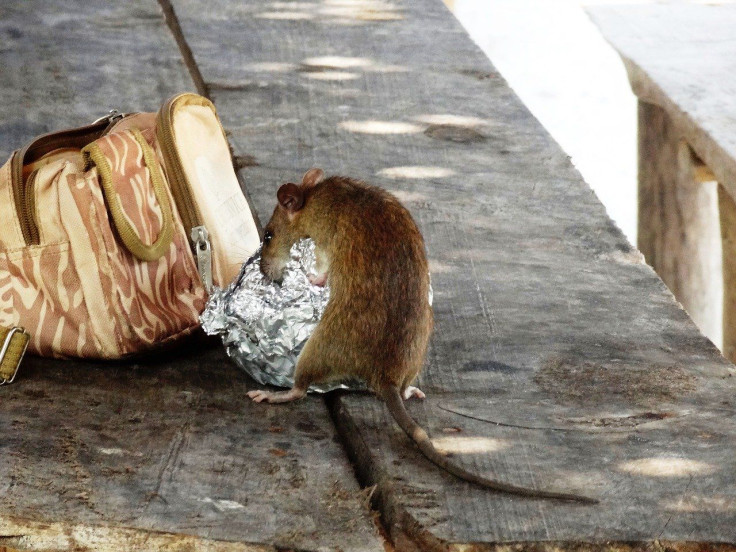Epidemic That Killed 200 Million People In 14th Century May Return, Russian Doctor Warns
KEY POINTS
- The Bubonic plague wiped out 60% of Europe's population in the 14th century
- Russia, U.S. and China have seen outbreaks of the plague in recent years
- Human-to-human transmission of the disease is rare
The bubonic plague that killed 200 million people in the 14th century might make a comeback due to climate change and global warming, one of Russia's top doctors warned.
"We do see that the borders of plague hotspots have been changing with global warming and climate change, and other anthropogenic effects on the environment. We are aware that cases of plague in the world have been growing. This is one of the risks on today's agenda," Dr. Anna Popova said, DNA India reported.
She added that a quick response to outbreaks in fleas was essential in stopping the spread of the virus to humans. The plague, also known as the Black Death, killed 200 million people in the 14th century, wiping out 60% of Europe's population at the time.
Several countries like Russia, the United States and China have seen outbreaks of the plague in recent years. The United Nations Children's Fund (UNICEF) had urged the government to take action against the climate crisis to control the spread of the disease.
In August, UNICEF had warned about the resurgence of the Bubonic plague in Ituri province in the eastern Democratic Republic of the Congo.
"The really worrying thing here is that we’ve got plague reported in areas which had not seen a case for more than 15 years, and many more cases in areas where they had very few or none previously. There are grave consequences for children because they are more exposed to the risk factors of plague," Izzy Scott Moncrieff, UNICEF’s Social Sciences Analytics Cell (CASS) Field Supervisor, said.
What is the Bubonic Plague?
It is a bacterial disease that is spread by the bite of an infected flea that lives on wild rodents. If not treated on time, the plague can kill a person in less than 24 hours. Human-to-human transmission of the disease is rare and is usually transferred through animals.
Symptoms
Those affected with the plague usually develop acute febrile disease, accompanied by other symptoms such as the sudden onset of fever, chills, body pain, weakness and nausea.

© Copyright IBTimes 2024. All rights reserved.





















